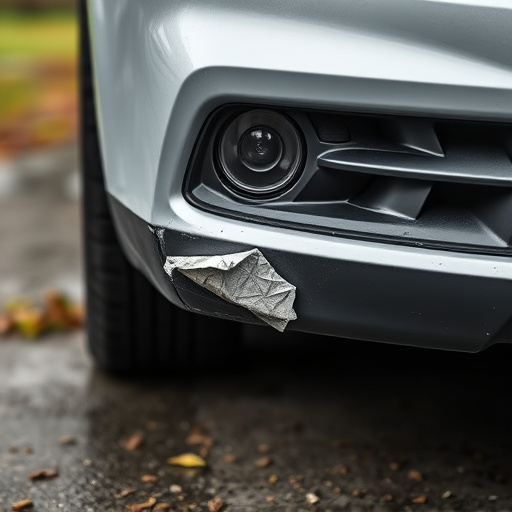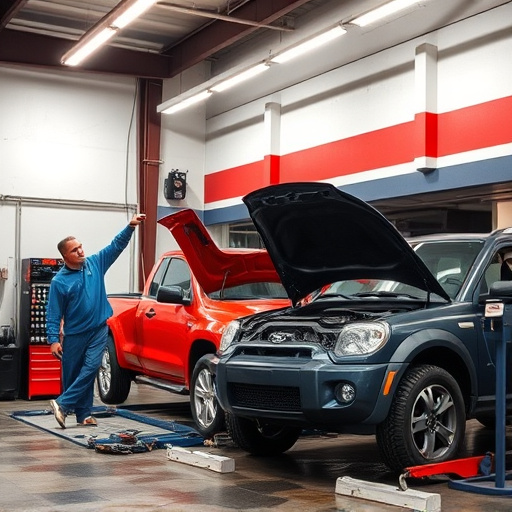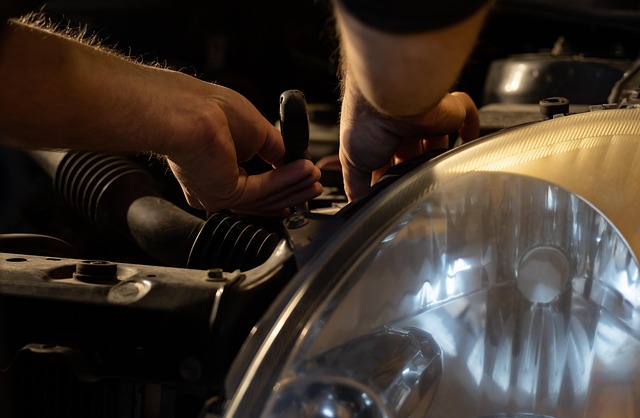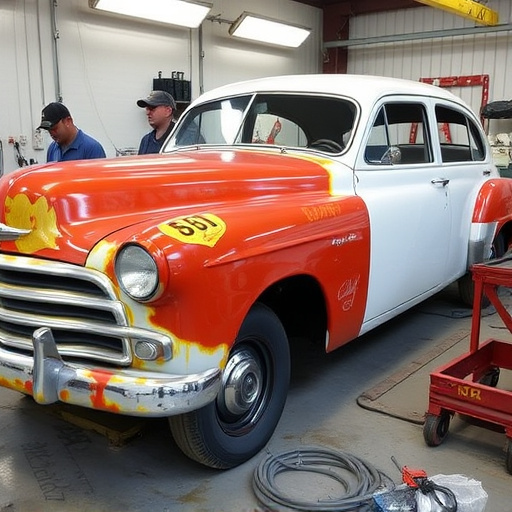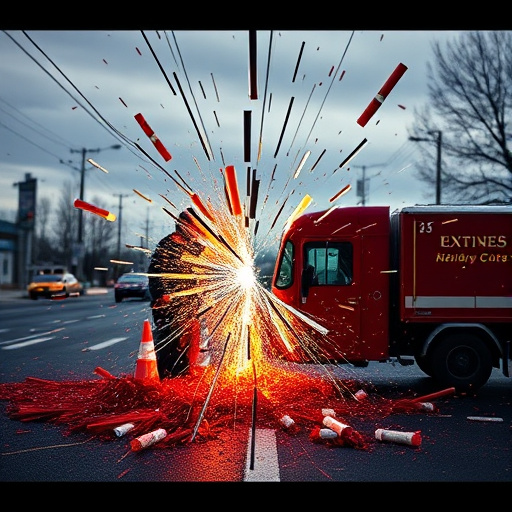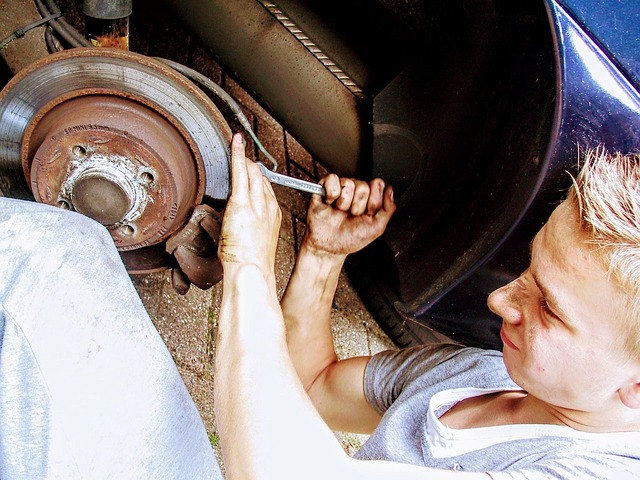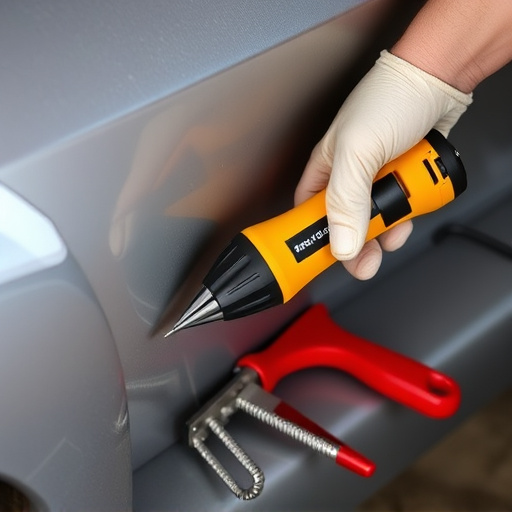Mastering sectioning procedures is vital for auto technicians in collision centers and fleet repair services, requiring precision, patience, and detail-oriented skills. Hands-on training involves navigating complex car bodies, performing tasks like panel removal, welding, and painting with meticulousness, cultivating a deep understanding of tools and equipment. Continuous learning through workshops, online courses, and industry conferences is essential to adapt to advancements in materials science, manufacturing processes, and new technologies, ensuring quality control and revolutionary changes in car repair shops.
In the realm of specialized technical roles, Skilled Sectioning Procedures Technicians play a crucial part in various industries. This article delves into the essential training requirements for these professionals, focusing on three key aspects. First, it explores the understanding of fundamental skills required for effective sectioning procedures. Then, it highlights the importance of hands-on training and practicing specialized techniques. Finally, it stresses continuous learning as vital for staying updated within the ever-evolving field of sectioning procedures.
- Understanding Essential Skills for Sectioning Procedures
- Hands-on Training: Practicing Specialized Techniques
- Continuous Learning: Staying Updated in the Field
Understanding Essential Skills for Sectioning Procedures

Mastering sectioning procedures is a cornerstone for any technician looking to excel in the automotive industry, particularly within auto collision centers and fleet repair services. Beyond basic technical knowledge, successful practitioners must possess a multifaceted skill set that includes precision, patience, and an eye for detail. These skills are indispensable when separating damaged vehicle components, ensuring each piece is accurately assessed and repaired or replaced.
Effective sectioning requires a deep understanding of various materials, from metal to composite structures, and the unique challenges they pose during disassembly and reassembly. Technicians must be adept at using specialized tools and equipment, interpreting complex schematics, and demonstrating adaptability when encountering unexpected issues. Such versatile skills are invaluable for technicians working in dynamic environments like vehicle collision repair shops, where efficient sectioning procedures directly impact workflow optimization and customer satisfaction.
Hands-on Training: Practicing Specialized Techniques

Hands-on training is an indispensable component of preparing skilled sectioning procedures technicians. It involves practitioners engaging directly with the specialized techniques required for precise and efficient car body restoration, including intricate scratch repair and collision center operations. This practical experience allows them to develop a deep understanding of the tools, equipment, and methodologies involved in these critical processes.
During this training, technicians learn how to navigate complex labyrinthine car bodies, performing meticulous tasks such as panel removal, welding, and painting with gossamer precision. They gain experience in both common and uncommon scenarios, ensuring they can handle a variety of damages ranging from minor scratches to significant structural repairs. This hands-on approach not only hones their skills but also instills a commitment to indelible quality in every repair job undertaken.
Continuous Learning: Staying Updated in the Field
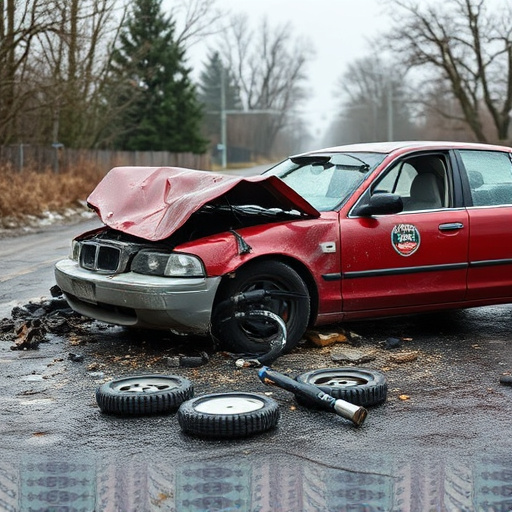
In today’s rapidly evolving automotive industry, continuous learning is not just an advantage but a necessity for sectioning procedures technicians. Staying updated on advancements in materials science and manufacturing processes ensures that professionals can perform their roles effectively using the latest tools and techniques. This ongoing education doesn’t just enhance individual skill sets; it also contributes to improved quality control in fields like auto glass replacement and automotive collision repair. Workshops, online courses, and industry conferences are excellent resources for technicians to expand their knowledge base and stay ahead of trends.
Regular training sessions on new sectioning technologies and safety protocols are crucial. These updates ensure that professionals are equipped to handle complex procedures with precision and efficiency. By embracing continuous learning, sectioning procedures technicians can not only adapt to changing industry standards but also play a pivotal role in revolutionizing the car repair shop landscape, contributing to safer, more advanced automotive solutions.
Training requirements for skilled sectioning procedures technicians involve mastering essential skills, engaging in hands-on practice, and embracing continuous learning. By understanding the intricacies of sectioning techniques and staying updated with advancements in the field, technicians can ensure precise and efficient performance. This commitment to ongoing education is vital for maintaining high standards in this specialized area, ultimately enhancing the overall quality of results within the industry.




